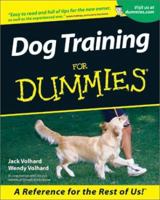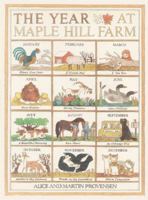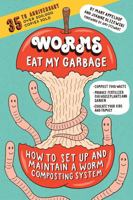Thoughts While Tending Sheep
Select Format
Select Condition 
You Might Also Enjoy
Book Overview
Related Subjects
Algorithms Compilers Computer Science Computers Computers & Technology Database Storage & Design Databases Design & Architecture Education & Reference Languages & Tools Lisp Mathematics Programming Programming Languages Reference Science & Math Software Software Design & Engineering Software Design, Testing & Engineering Software Development TextbooksCustomer Reviews
Rated 5 starsIntelligent and meaningful
This is one book that is in my personal library I will never get rid of. Thoughts while Tending Sheep is one of the most thought inducing books I've ever read. This book really makes you think about life and all the strange things that get us to where we are now. The author overcame many obstacles (Personal and other which he writes about) to become an author. Extremely well written book. The author writes about his life...
0Report
Rated 5 starsThoughts While Tending Sheep
This is a fast reading autobiography/inspirational book. W.G. Ilefledt has lived a full life and has retired in California, where he and his wife Louise raise sheep. He has a dog, Maxie, a border collie, who helps him herd the sheep, as well as being a good friend to him. He elobartes on how the sheep are cared for and helped when having their young, and how he tries his best to protect them from preditors. Some become...
0Report









































